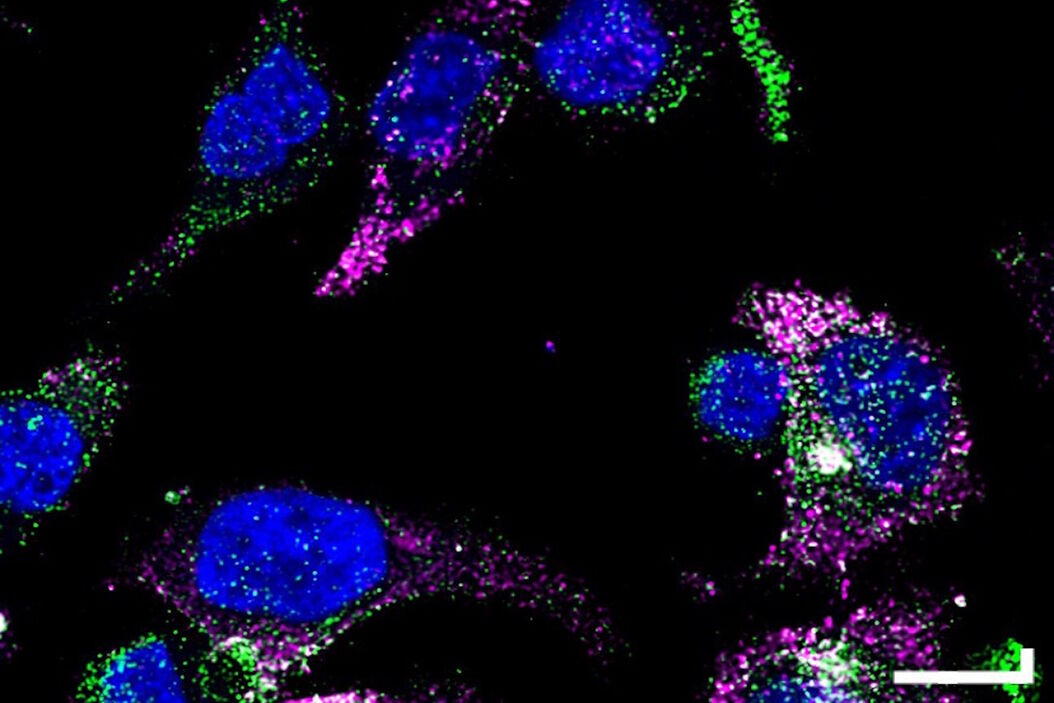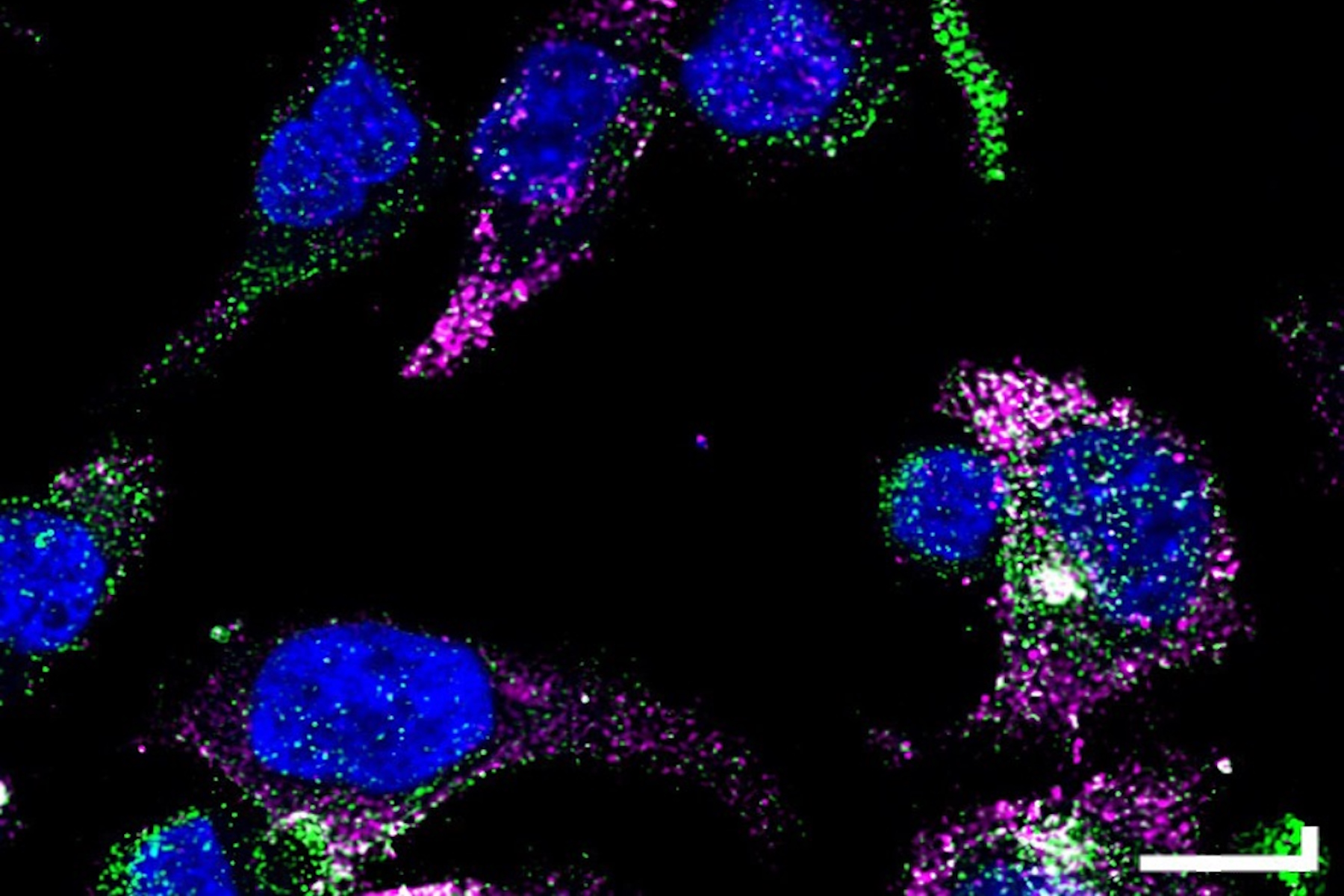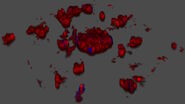Cutting-Edge Imaging Techniques for GPCR Signaling
Learn how to use GPCR Imaging Methods to unlock new insights into cellular communication and drug discovery

With this webinar on-demand enhance your pharmacological research with our webinar on GPCR signaling and explore cutting-edge imaging techniques that aim to understand how GPCR signaling translates into cellular and physiological responses. Discover leading research that's expanding what we know about these critical pathways to find new avenues for drug discovery.
In this webinar, you will learn:
- Insights into the current models of GPCR signaling
- How imaging applications have contributed to a new understanding of GPCR activity
- The limitations and future directions of understanding GPCR signaling from tool and technology platform levels
Precise control of cellular communication and signaling is crucial for every physiological system, with G protein-coupled receptors (GPCRs, the largest family of signaling receptors) playing a central role as essential molecular sensors of a cell’s environment.
Because of their diverse physiological and pathophysiological roles, GPCRs are also major drug targets.
Our understanding of GPCR signaling has evolved from single receptors at the cell surface activating specific heterotrimeric G protein pathways, to an increasingly complex receptor signaling system.
However, how such complexity in GPCR signaling is translated to specific cellular and physiological responses is still unclear.
Understanding these mechanisms is an area of precedence due to the intense interest in identifying GPCR modulators with high specificity in action.
In this webinar, we discuss some of our endeavors to uncover these molecular mechanisms through a wide range of imaging applications to study GPCRs across scales from single molecules to identification of new subcellular signal platforms and the downstream cellular significance of receptor location to fundamental cellular functions.
This session is relevant to scientists in cell biology, pharmacology, endocrine, and metabolism.




